Meldingen din er sendt.
Vi behandler forespørselen din og kontakter deg så snart som mulig.
Skjemaet har blitt sendt inn.
Mer informasjon finner du i postkassen din.
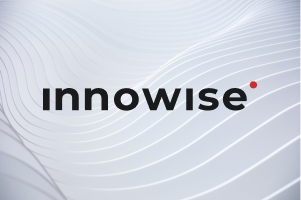
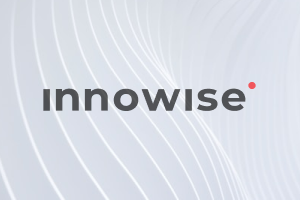

Datakartlegging i helsevesenet er en prosess der man matcher felt mellom databaser i ulike informasjonssystemer. Med andre ord gir datakartlegging mening for hver forbindelse og lager en detaljert plan for alle helsedata i et IT-økosystem.
Helsedata kommer fra ulike kilder, for eksempel EMR eller EPJ, medisinske CRM-systemer, bærbare enheter, medisinske bildesystemer og faktureringssystemer. Hver av disse kildene bruker ulike datautvekslings- og terminologistandarder, noe som naturligvis kan komplisere ting. For eksempel kan et radiologisystem bruke DICOM og EPJ kan bruke HL7, eller forskjellige sykehus kan kode prosedyrer ved hjelp av ulike systemer, som CPT og SNOMED CT. Disse variasjonene gjør det vanskelig å integrere og tolke medisinske data.
Ved å utnytte datakartlegging som en del av utvikling av programvare for helsevesenet prosessen kan leverandørene enkelt koble sammen lignende data og deretter transformere dem til en enhetlig standard. Som et resultat kan helsevirksomheter overvinne fragmenteringen som er vanlig for datasystemer i bransjen og utnytte data effektivt i pasientbehandlingen.
Datakartlegging er vanligvis en del av datamigreringsprosessen i større prosjekter. I helsevesenet brukes det på ulike områder, men det finnes noen vanlige scenarier.
Migrering av data refererer til overføring av data fra ett system til et annetDet skjer ofte når man bytter til et nytt system, oppgraderer et eksisterende, flytter til skyen eller gjennomgår en digital transformasjon. Under migreringen etablerer datakartlegging forbindelser mellom datafelter i ulike IT-systemer, muliggjør feilfri overføring og bidrar til å opprettholde datakonsistens på tvers av løsninger.

Dataintegrasjon kombinerer data fra ulike kilder til ett enkelt stedDette er et absolutt must for helsepersonell som samler inn drifts- og pleierelaterte data fra ulike systemer. Datakartlegging er et naturlig trinn i integrasjonen, siden det bygger bro mellom systemer som bruker de samme dataene, og sikrer at de er konsistente og nøyaktige.
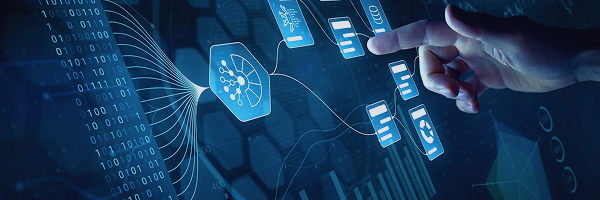
Helsepersonell har ofte behov for å konvertere data fra ett format til et annetenten for å integrere flere systemer eller for å gjøre data enklere å bruke og analysere. Med kartlegging av helsedata kan de forstå sammenhengene mellom data i databaser, uavhengig av hvordan informasjonen er lagret, og deretter fortsette med å transformere dem til et enhetlig format.

Når du implementerer business intelligence i helsevesenet, kan datakartlegging bidra til å sikre at data fra flere kilder samkjøres på riktig måte for analyse. Ved å koble sammen ulike datakilder blir datauttrekk, rensing og klargjøring strømlinjeformet. På denne måten får BI-verktøyene tilgang til analyseklare data og gir mer nøyaktig, handlingsrettet innsikt.
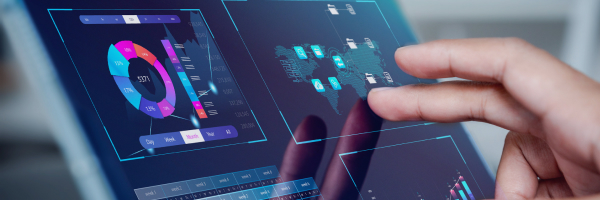
Mange rapporteringsløsninger bruker unik terminologi og datastrukturer, og derfor må helsevirksomheter tilpasse dataene sine. Ved å utnytte datakartlegging kan helsepersonell synkronisere dataene sine med rapporteringsterminologien og -strukturen. Det bidrar til å definere hvilke data som trengs for spesifikke rapporter og poster, og effektiviserer denne prosessen.

Elektronisk datautveksling (EDI) automatiserer dokumentutveksling mellom helsevirksomheter - som sykehus og forsikringsselskaper - for å optimalisere arbeidsflyten og arkivhåndteringen. I dette tilfellet spesifiserer datakartleggingen dataene som brukes i dokumenter, hvor de befinner seg, og hvordan de skal transformeres for å matche datastrukturen som kreves av målprogramvaren.

Migrering av data refererer til overføring av data fra ett system til et annetDet skjer ofte når man bytter til et nytt system, oppgraderer et eksisterende, flytter til skyen eller gjennomgår en digital transformasjon. Under migreringen etablerer datakartlegging forbindelser mellom datafelter i ulike IT-systemer, muliggjør feilfri overføring og bidrar til å opprettholde datakonsistens på tvers av løsninger.

Dataintegrasjon kombinerer data fra ulike kilder til ett enkelt stedDette er et absolutt must for helsepersonell som samler inn drifts- og pleierelaterte data fra ulike systemer. Datakartlegging er et naturlig trinn i integrasjonen, siden det bygger bro mellom systemer som bruker de samme dataene, og sikrer at de er konsistente og nøyaktige.

Helsepersonell har ofte behov for å konvertere data fra ett format til et annetenten for å integrere flere systemer eller for å gjøre data enklere å bruke og analysere. Med kartlegging av helsedata kan de forstå sammenhengene mellom data i databaser, uavhengig av hvordan informasjonen er lagret, og deretter fortsette med å transformere dem til et enhetlig format.

Når du implementerer business intelligence i helsevesenet, kan datakartlegging bidra til å sikre at data fra flere kilder samkjøres på riktig måte for analyse. Ved å koble sammen ulike datakilder blir datauttrekk, rensing og klargjøring strømlinjeformet. På denne måten får BI-verktøyene tilgang til analyseklare data og gir mer nøyaktig, handlingsrettet innsikt.

Mange rapporteringsløsninger bruker unik terminologi og datastrukturer, og derfor må helsevirksomheter tilpasse dataene sine. Ved å utnytte datakartlegging kan helsepersonell synkronisere dataene sine med rapporteringsterminologien og -strukturen. Det bidrar til å definere hvilke data som trengs for spesifikke rapporter og poster, og effektiviserer denne prosessen.

Elektronisk datautveksling (EDI) automatiserer dokumentutveksling mellom helsevirksomheter - som sykehus og forsikringsselskaper - for å optimalisere arbeidsflyten og arkivhåndteringen. I dette tilfellet spesifiserer datakartleggingen dataene som brukes i dokumenter, hvor de befinner seg, og hvordan de skal transformeres for å matche datastrukturen som kreves av målprogramvaren.

Data av dårlig kvalitet koster organisasjoner i gjennomsnitt $12,9 millioner kroner per år, ifølge Gartner. Og dataproblemene hoper seg opp, noe som fører til sammenfiltrede dataøkosystemer og unøyaktigheter som påvirker beslutningstakingen. Datakartlegging kan bidra til å løse mange av disse problemene og gi følgende fordeler.
Siden datakartlegging er avgjørende for interoperabilitet, hjelper det helsepersonell med å få tilgang til fullstendig pleieinformasjon, selv om den er spredt på tvers av ulike systemer. Det sparer dem for tid på datasøk, forbedrer koordineringen av behandlingen og reduserer den administrative byrden.
Ved å sammenstille data fra ulike kilder får helsepersonell en bedre forståelse av pasientens helseprofil, inkludert allergier, medisiner og tidligere behandlinger. Dette fører til raskere henvisninger, færre forsinkelser og bedre pasientresultater.
Manuell dataregistrering er vanlig i helsevesenet og fører ofte til feil, duplikater eller faktureringsproblemer. Datakartlegging kan bidra til å overføre journaler mellom ulike systemer, noe som letter arbeidsbyrden for helsepersonellet. Studier viser at det fungerer: 30% av leverandørene sier at aggregerte dataplattformer har hjulpet dem med å spare kostnader og styre arbeidsstyrken sin bedre.
Med riktig datakartlegging kan helseorganisasjoner sikre at journalene er konsekvent strukturert og forvaltes i samsvar med regelverk som HIPAA og GDPR. Ved å organisere og konsolidere data på én plattform kan organisasjonene sikre at dataene er nøyaktige, og gjøre det enklere å overholde sikkerhetskravene for beskyttet helseinformasjon.
Ved å ta i bruk datakartlegging kan helseorganisasjoner utføre omfattende dataanalyser og identifisere områder for ressursoptimalisering. Denne innsikten bidrar til å fordele personale og utstyr mer effektivt, forbedre personalets prestasjoner og maksimere ressursbruken.
Forskere kan bruke datakartlegging til å lage omfattende datasett og gjennomføre storskala kliniske studier og forskningsstudier. På denne måten kan de identifisere trender i sykdomsmønstre, forutsi ressursbehov og utvikle mer effektive strategier for helsetjenester.
"Min erfaring er at helseinstitusjoner med komplekse dataøkosystemer absolutt trenger robust datakartlegging, spesielt når de gjennomgår digital transformasjon. Jeg har selv sett hvor viktig det er å strømlinjeforme dataflyten på tvers av ulike systemer for å sikre nøyaktighet og konsistens. Teamet mitt og jeg har en dyp forståelse av prosesser i helsevesenet og kan hjelpe virksomheten din med å kartlegge helsedataene, noe som legger grunnlaget for mer komplekse og innovative IT-prosjekter."

Aleh Yafimau
Leveringssjef
Epics EPJ-programvare brukes av mer enn 305 millioner brukere over hele verden. Kjernen i sømløs datautveksling er datakartlegging. Denne teknologien gjør det mulig for helsepersonell å utveksle informasjon uten problemer og levere bedre og mer personlig tilpasset behandling.
Merative, tidligere kjent som IBM Watson Health, bruker datakartlegging til å integrere pasientdata på tvers av institusjoner for dypere forskning. Det sikrer også nøyaktighet og standardisering av data for nøyaktig AI-analyse, noe som fører til bedre beslutninger i helsevesenet.
InterSystems' HealthShare-plattform håndterer over 1 milliard pasientjournaler på verdensbasis og løser problemet med datasiloer i helsevesenet. Ved hjelp av datakartlegging integrerer og aggregerer HealthShare sømløst pasientinformasjon fra ulike kilder, som elektroniske pasientjournaler og bildedatasystemer.
Redox spesialiserer seg på dataintegrasjon i helsevesenet, og knytter sammen organisasjoner, applikasjoner og datakilder. De utnytter datakartlegging for å optimalisere datautveksling og sørge for sikker tilgang til og utveksling av pasientdata. Redox legger også til rette for toveis datautveksling i sanntid på tvers av flere miljøer og muliggjør transformasjon av eldre datastandarder.
Datakartlegging er avgjørende for å håndtere den enorme mengden data som genereres i helsevesenet. Med datakartlegging kan helsepersonell levere mer informert behandling, redusere feil og driftskostnader og tilpasse behandlingsplaner.
Men.., vellykket implementering krever nøye planlegging og erfaring. Vårt team av eksperter kan hjelpe deg med å navigere i den komplekse prosessen og sikre en sømløs overgang. Hvis du er interessert i å lære mer om datakartlegging, de potensielle fordelene for virksomheten din og hvordan vi kan hjelpe deg med å utnytte det til å skape positive endringer, ikke nøl med å ta kontakt med oss.
Kort fortalt handler datakartlegging i helsevesenet om å koble sammen felter mellom systemdatabaser. Mapping er et viktig trinn i datamigrering og -integrasjon, og brukes til å utveksle informasjon mellom to eller flere systemer, for eksempel EPJ, EHR eller pasientapper. Videre muliggjør det datasettbasert analyse, prediktiv analyse, medikamenttesting, pasientundersøkelser og mer.
Datakartlegging effektiviserer sammenstillingen av informasjon fra flere kilder, noe som gjør det lettere å koordinere behandlingen mellom helsepersonell og effektivisere den kliniske beslutningsprosessen. Når det ikke er behov for manuell dataregistrering i flere systemer, er det mindre risiko for tap av data, medisinske feil, manglende og dupliserte journaler samt sikkerhets- og samsvarsproblemer.
Når kartlegging av helsedata gjøres på riktig måte, går det ikke på bekostning av sikkerhet og overholdelse av regelverk. Dette krever kryptering av data ved hjelp av robuste algoritmer og lagring i et beskyttet miljø, med tilgang begrenset til kun autorisert personell. For å oppfylle personvernforskrifter som HIPAA og GDPR trenger helsevirksomheter som ønsker å implementere datakartlegging, ytterligere beskyttelsestiltak, som regelmessige revisjoner og opplæring av personalet i beste praksis for datasikkerhet.









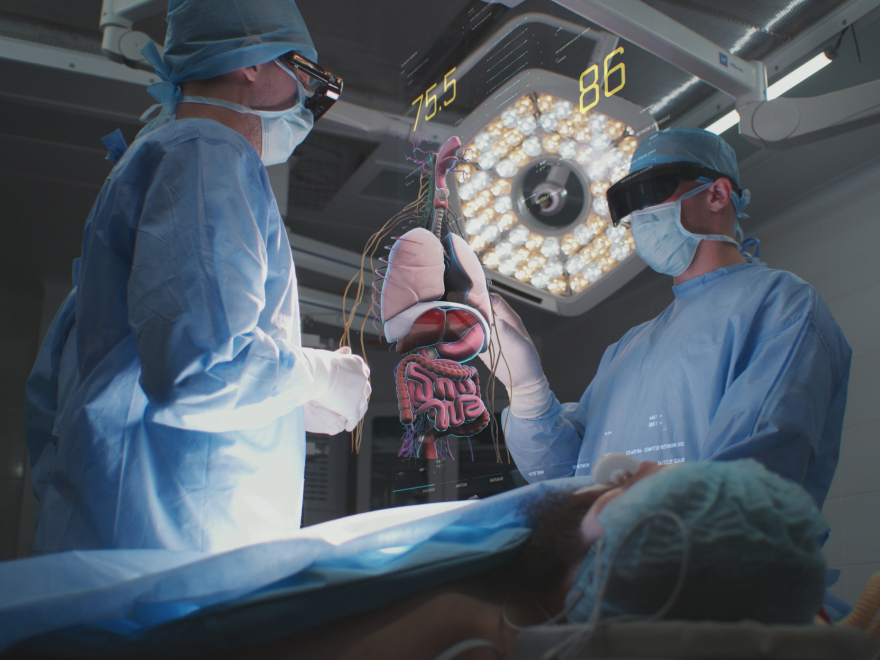
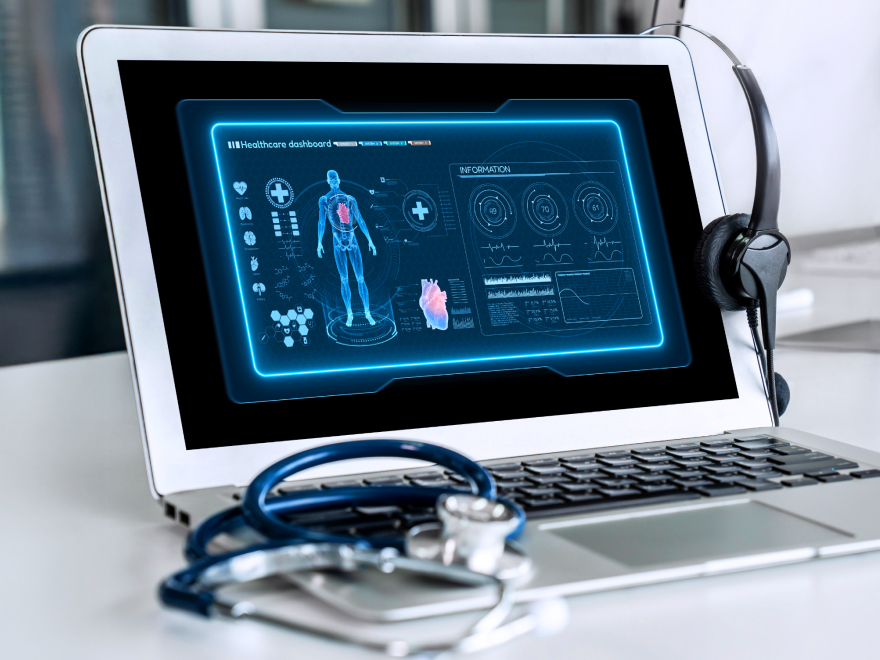


Meldingen din er sendt.
Vi behandler forespørselen din og kontakter deg så snart som mulig.

Ved å registrere deg godtar du vår Retningslinjer for personvern, inkludert bruk av informasjonskapsler og overføring av dine personopplysninger.